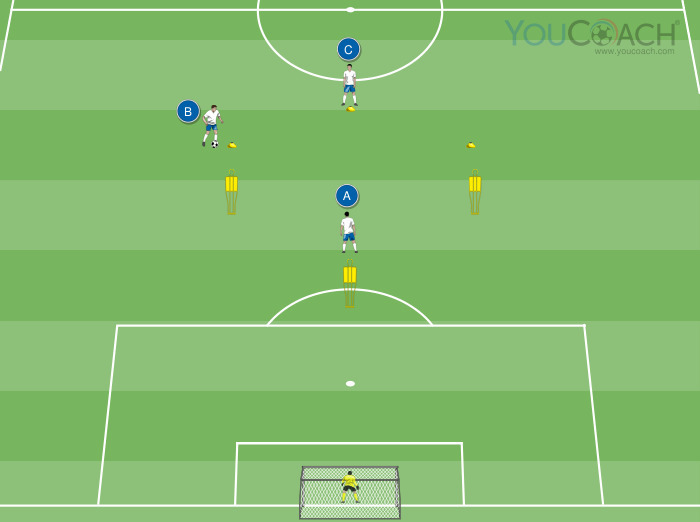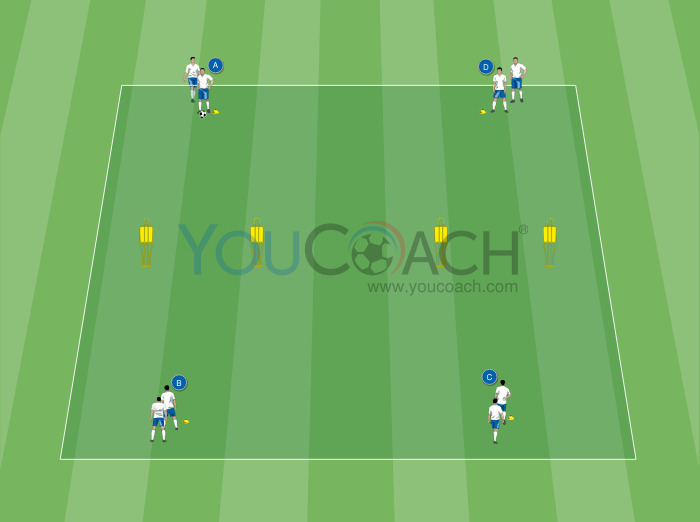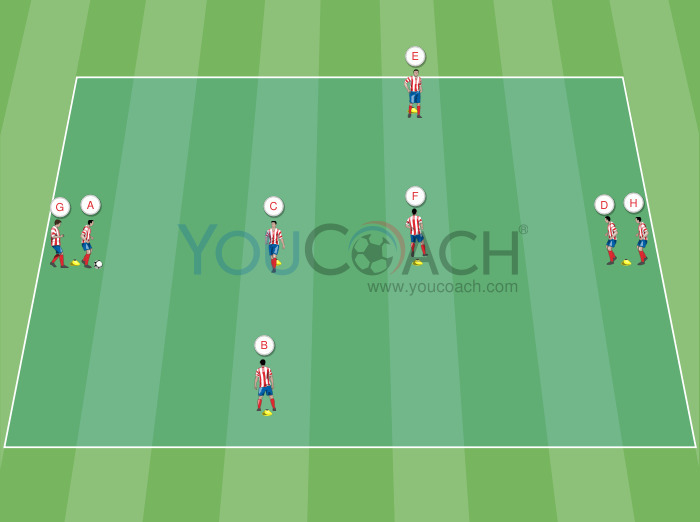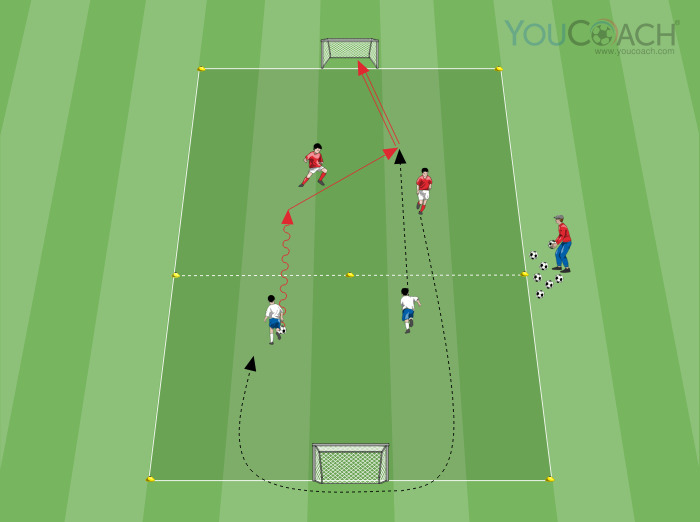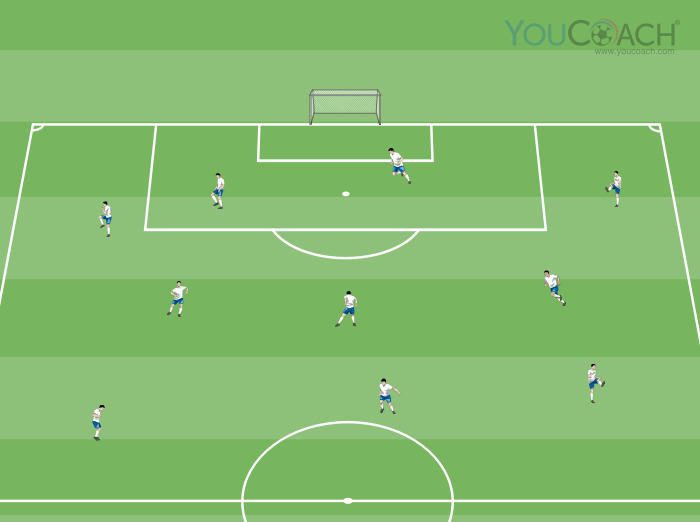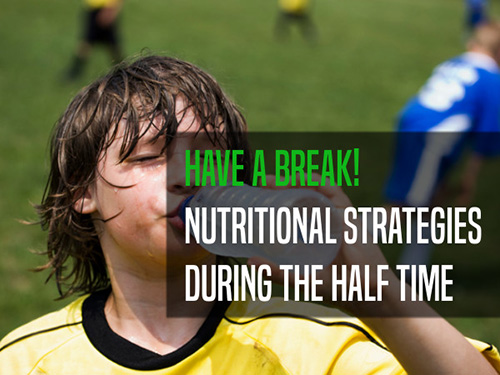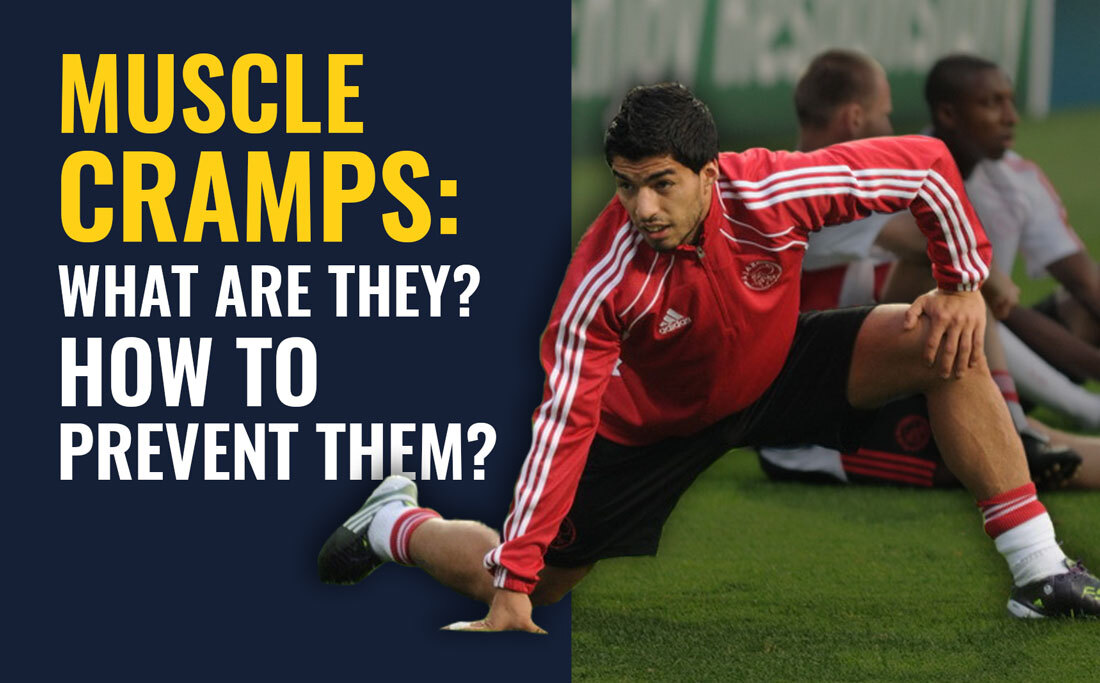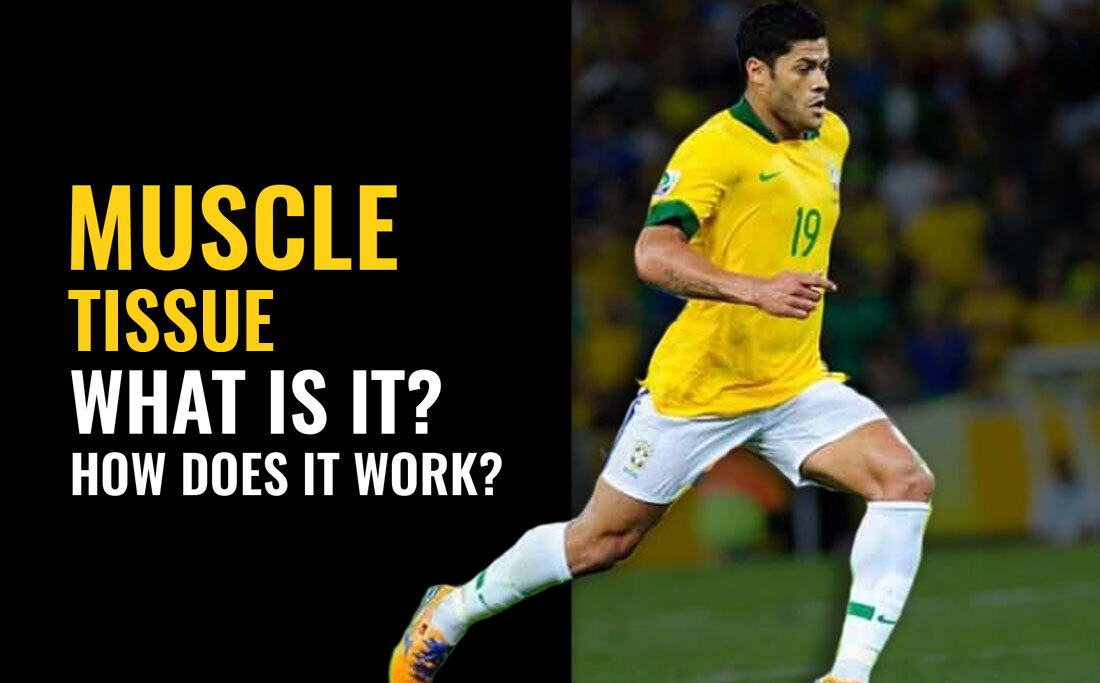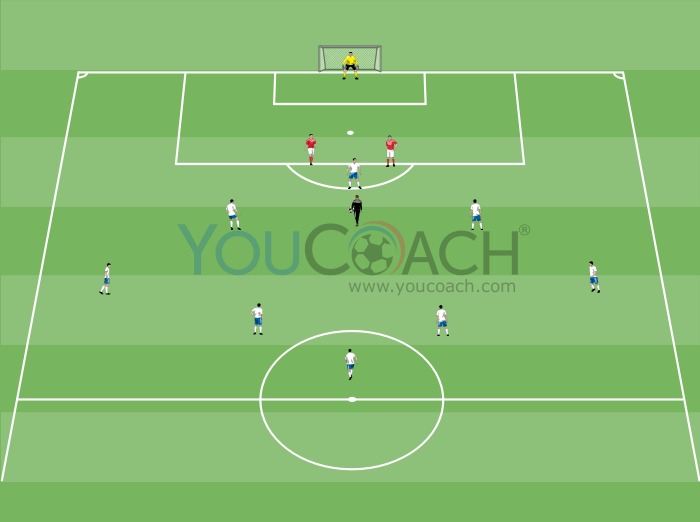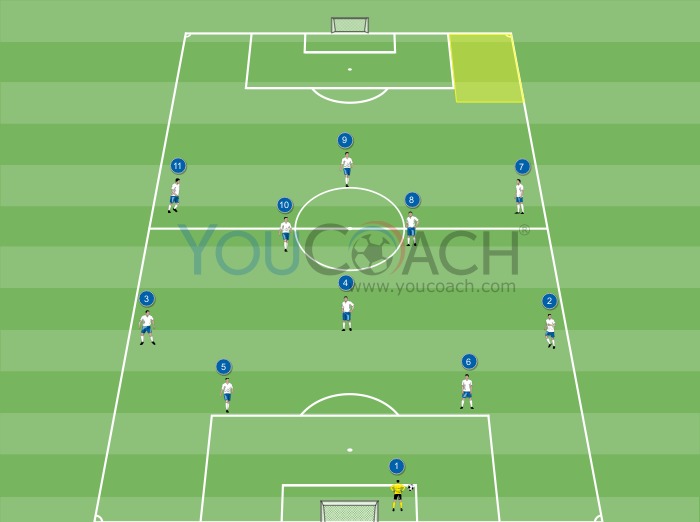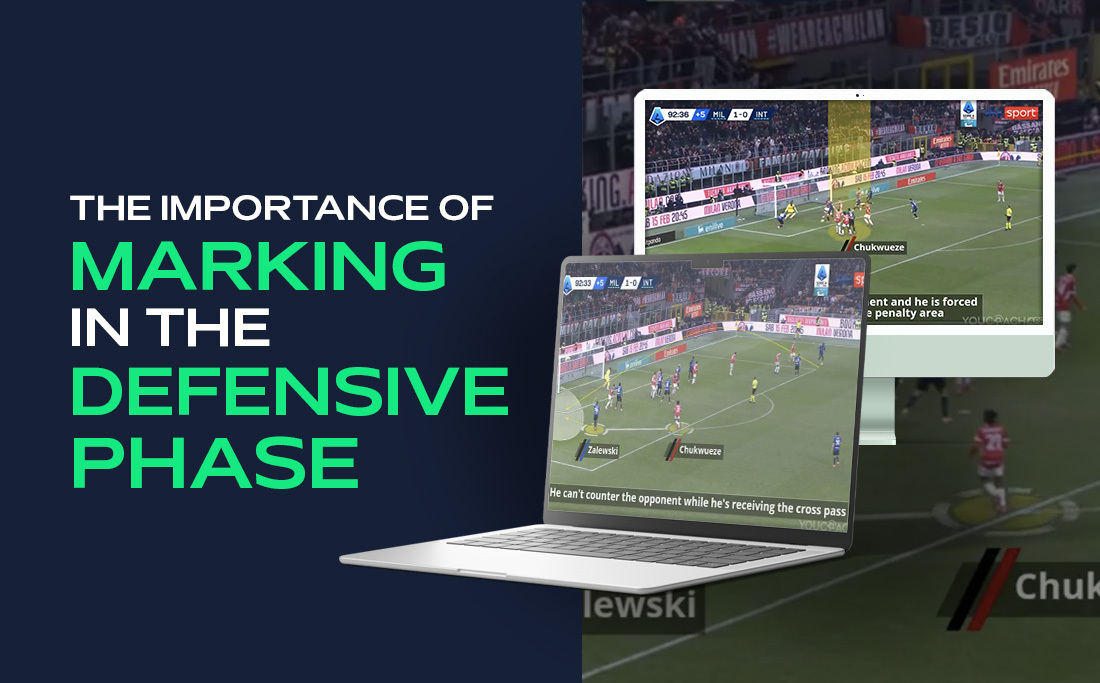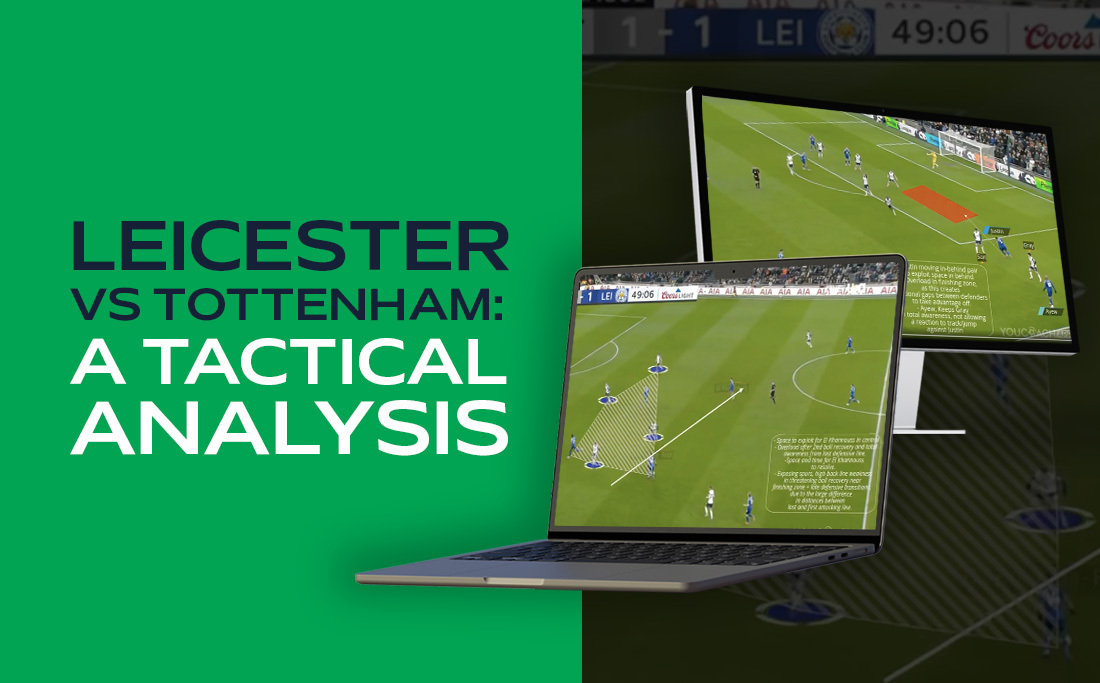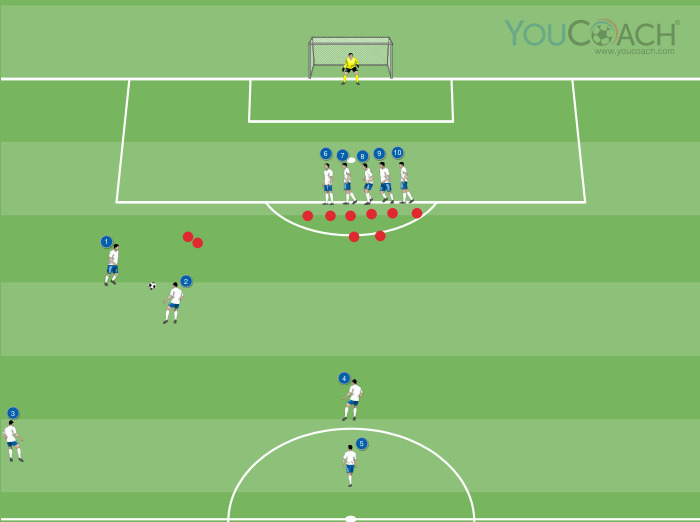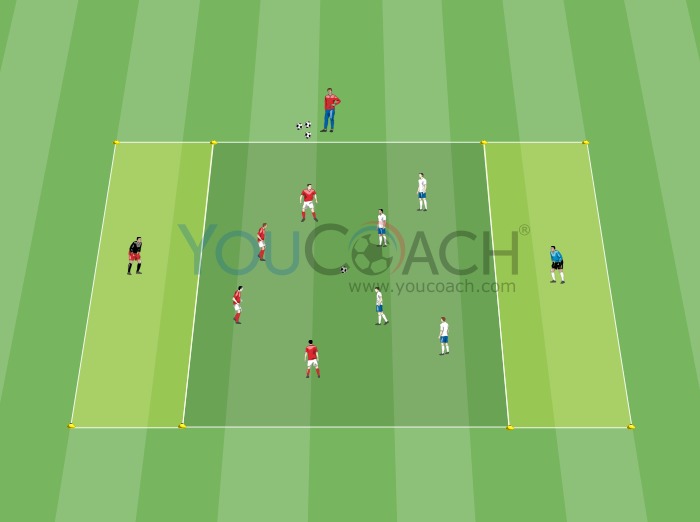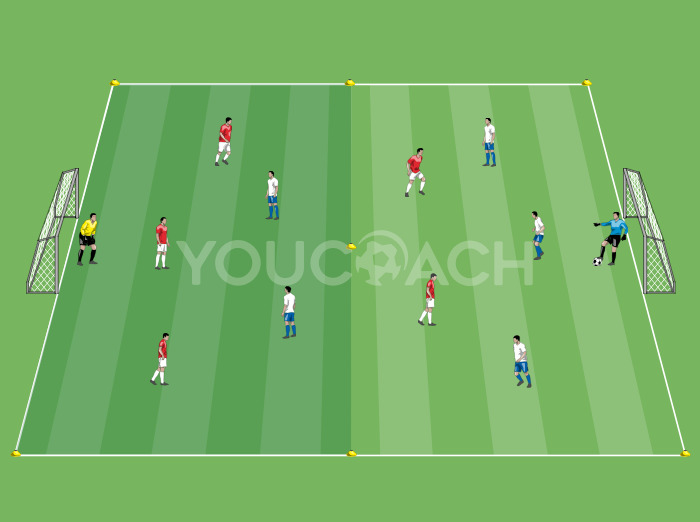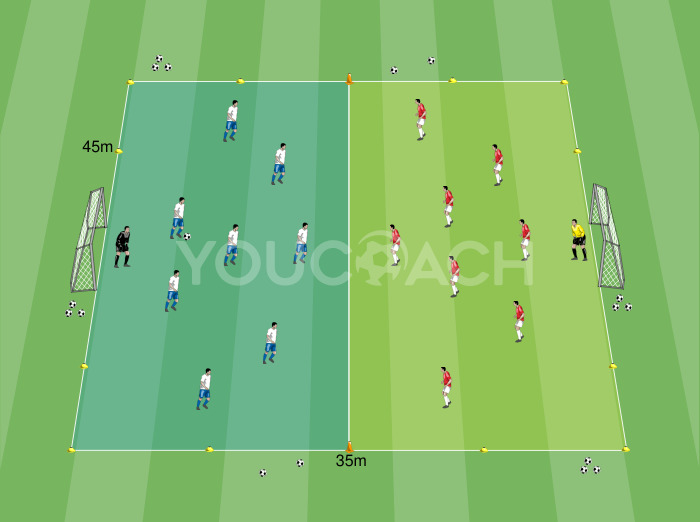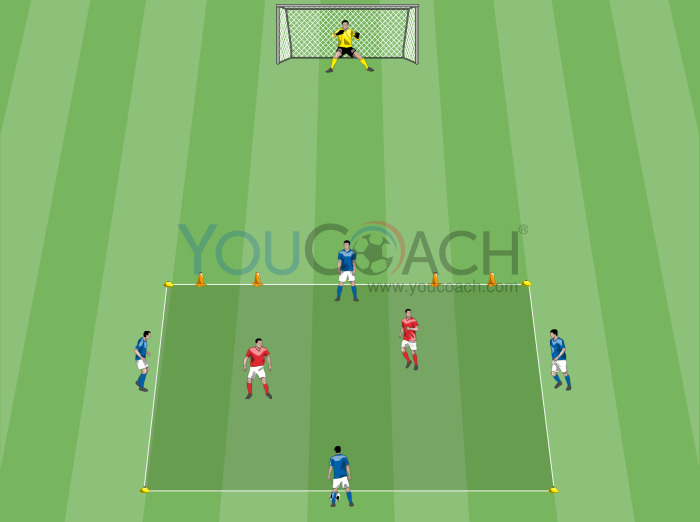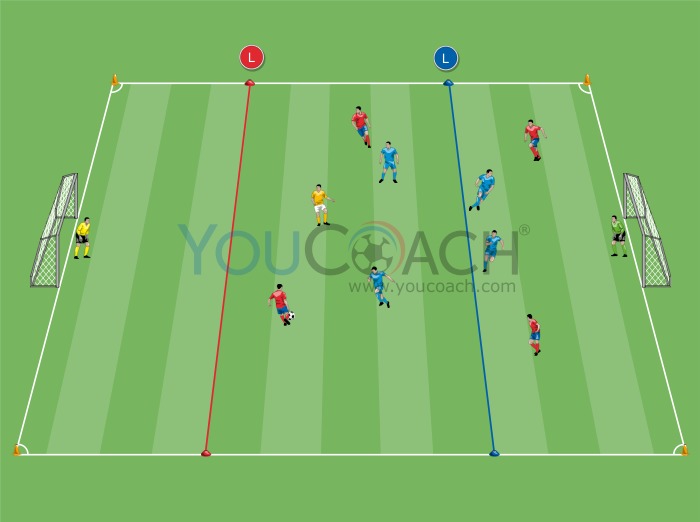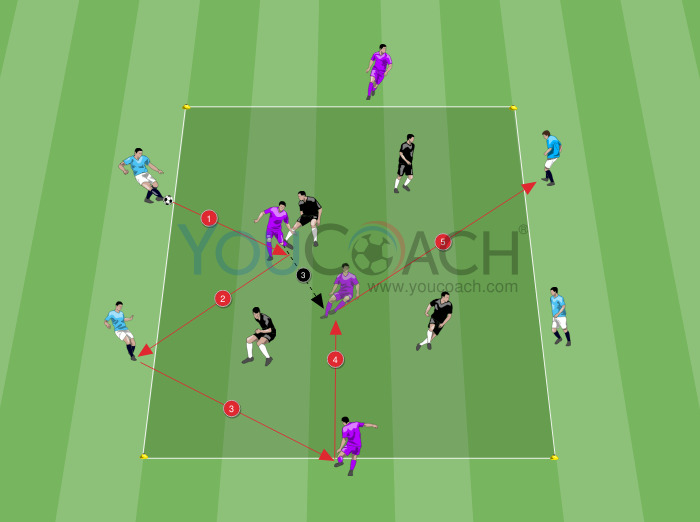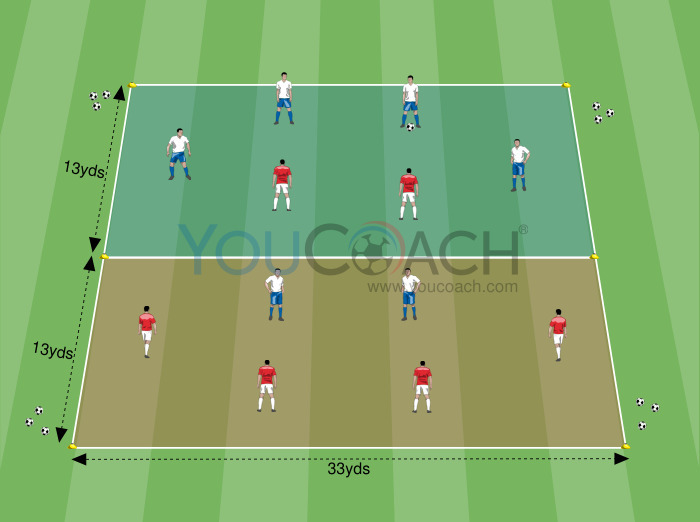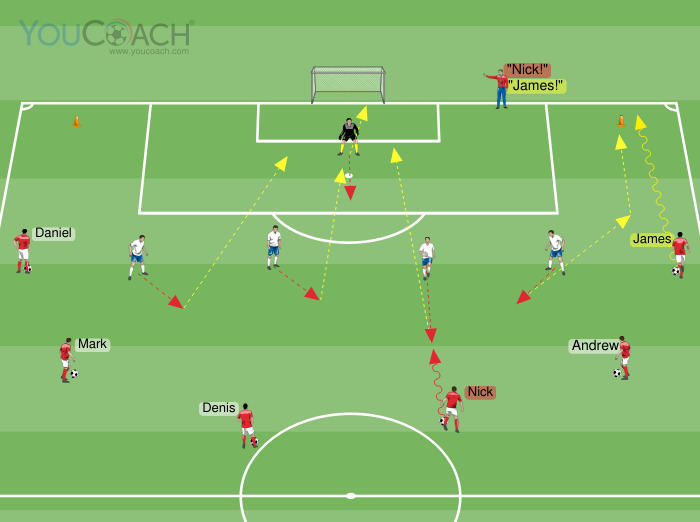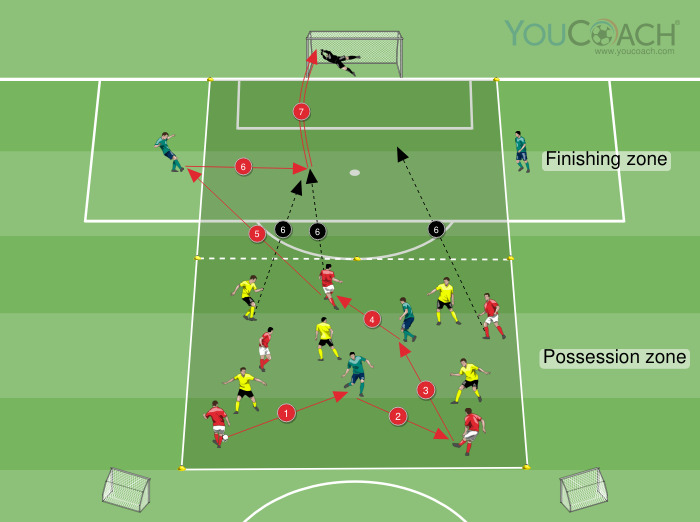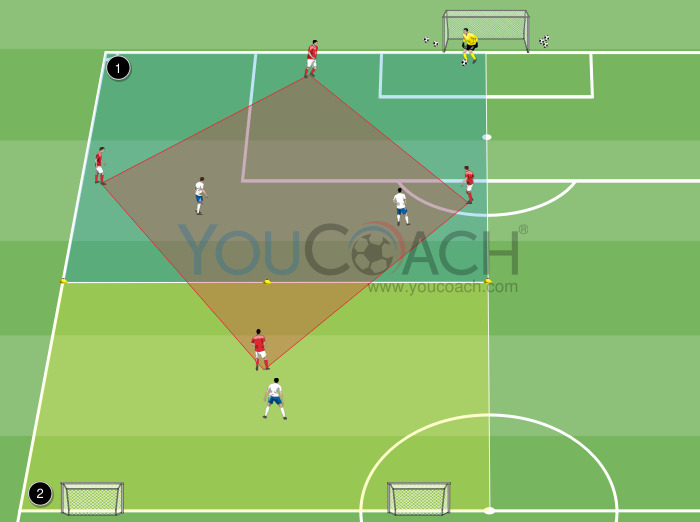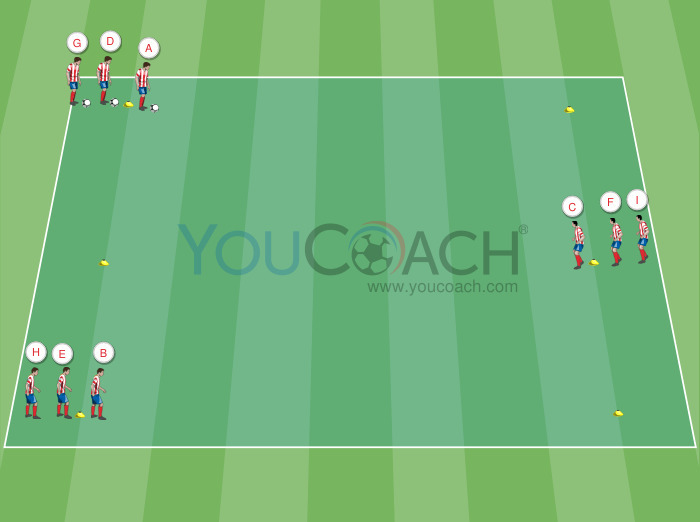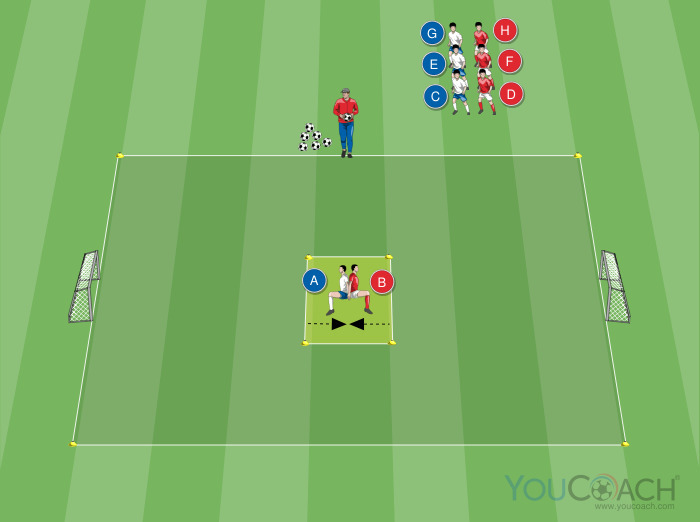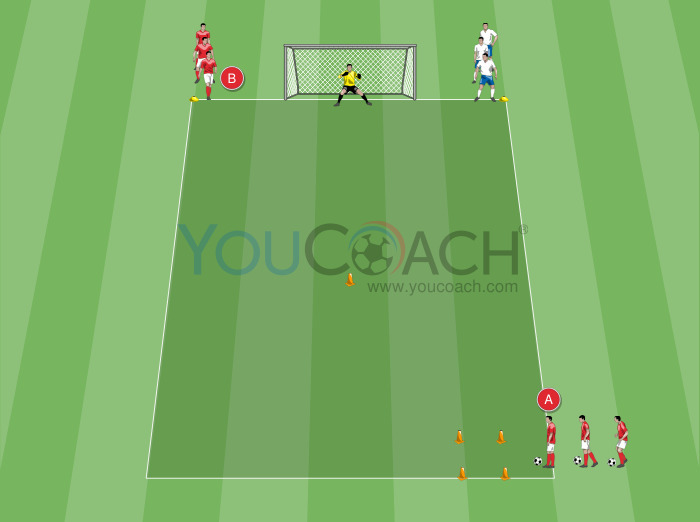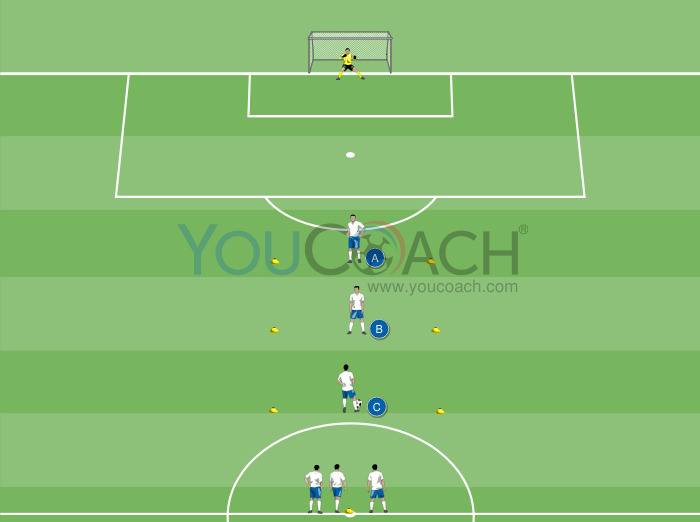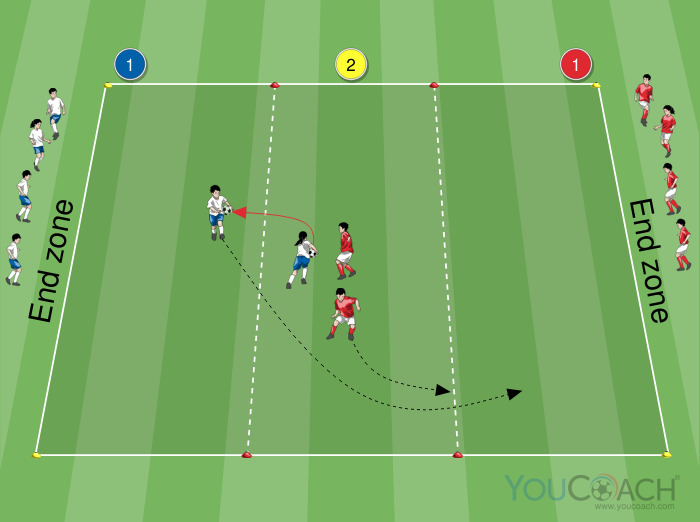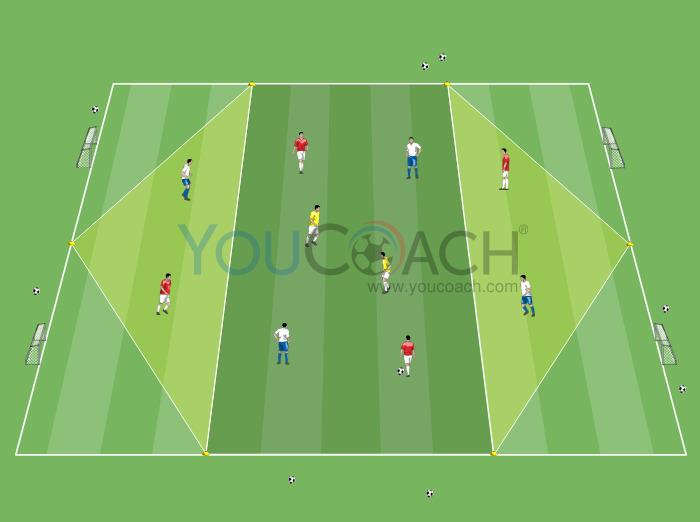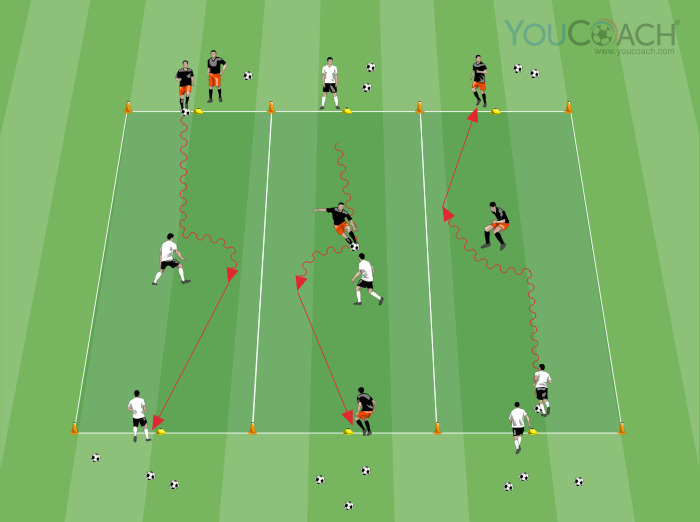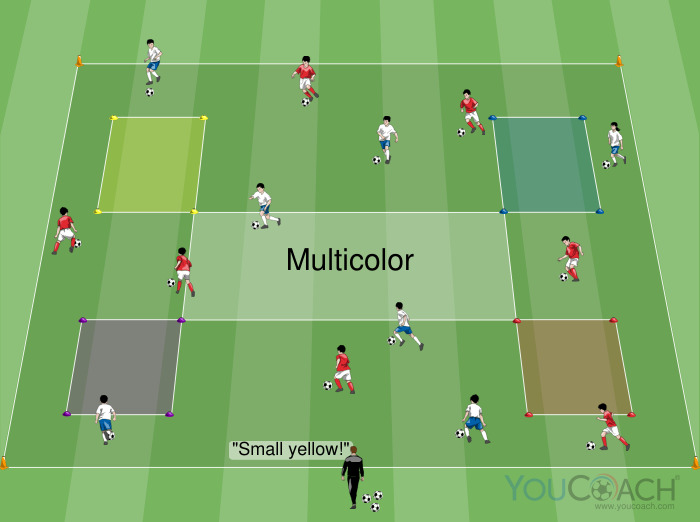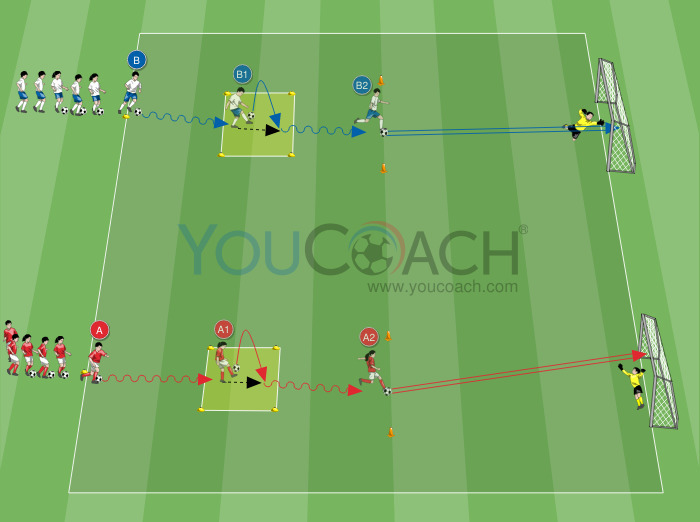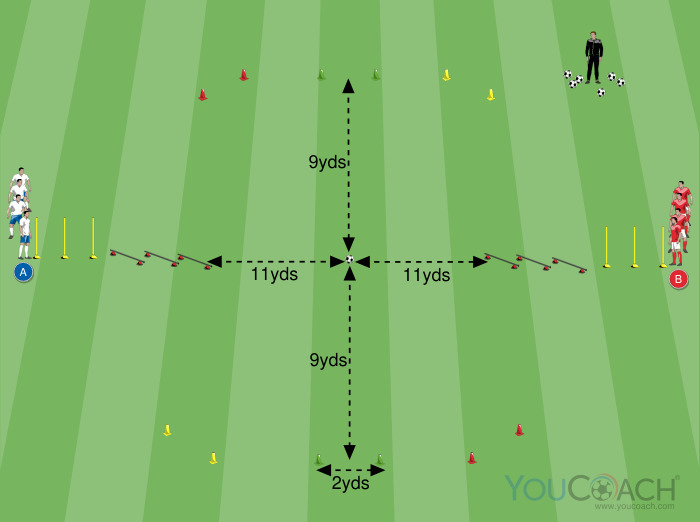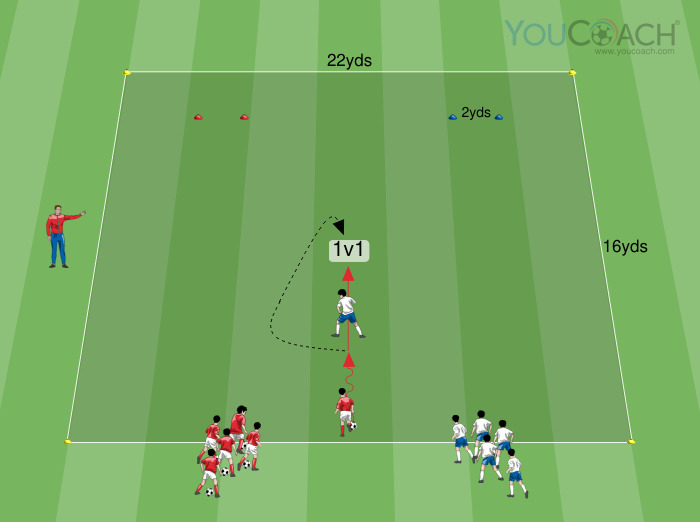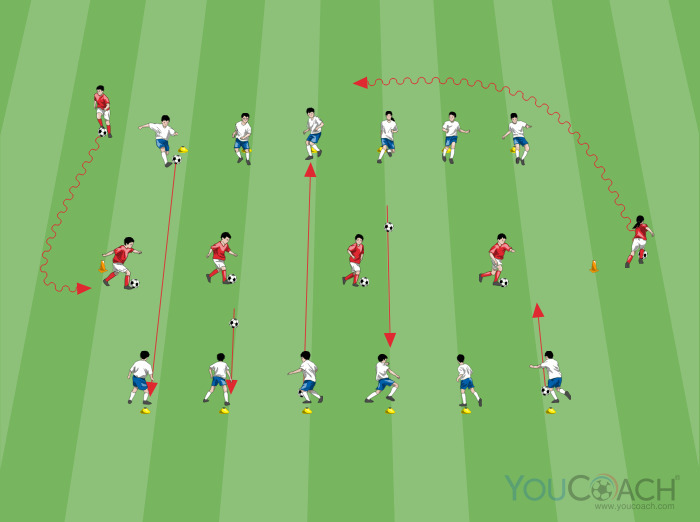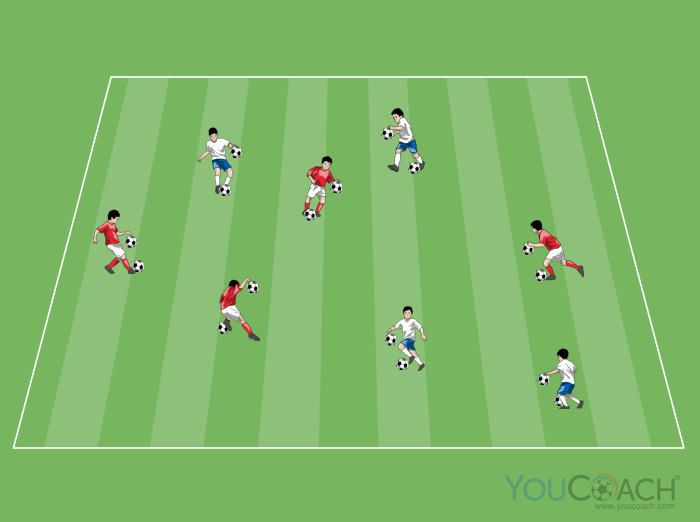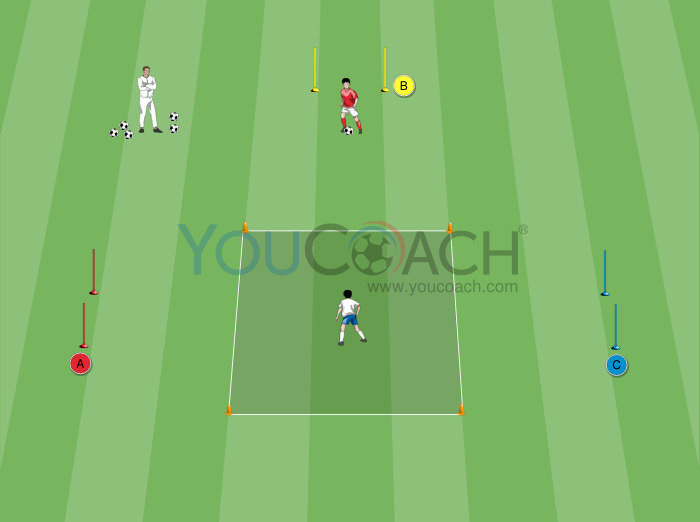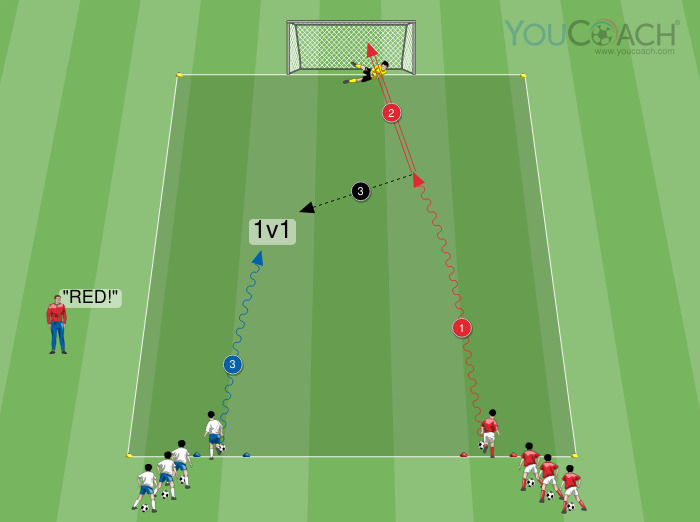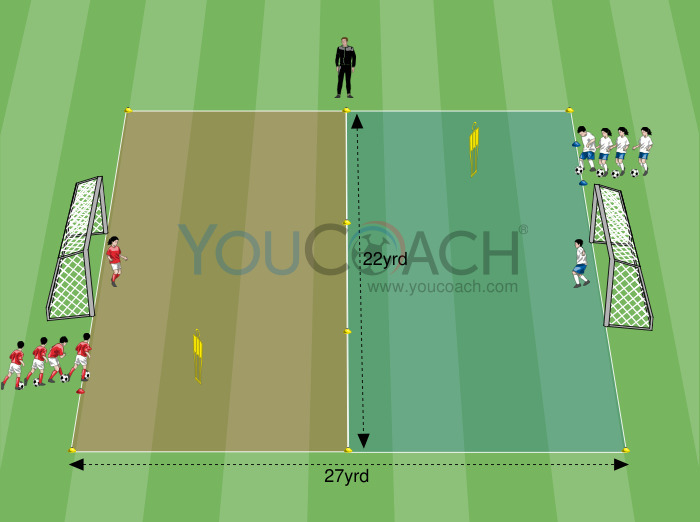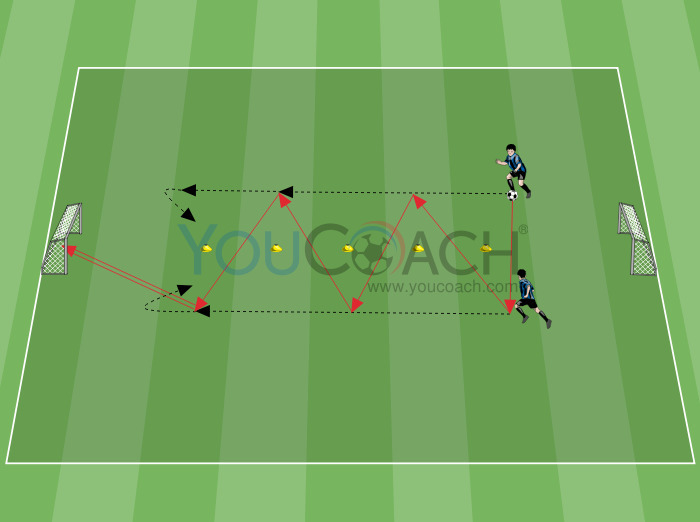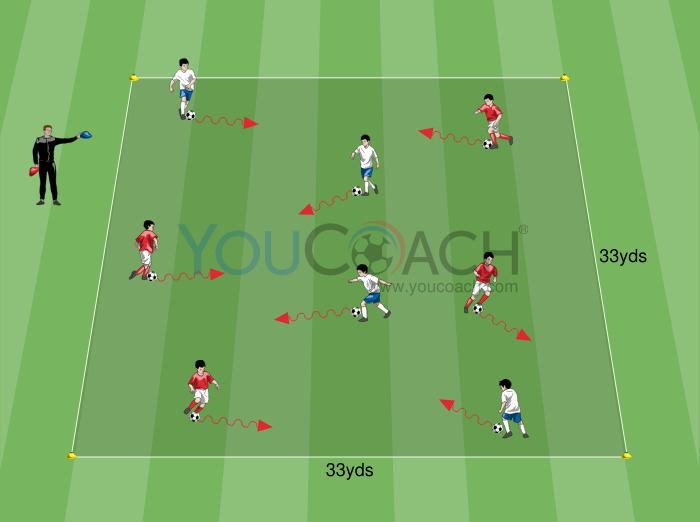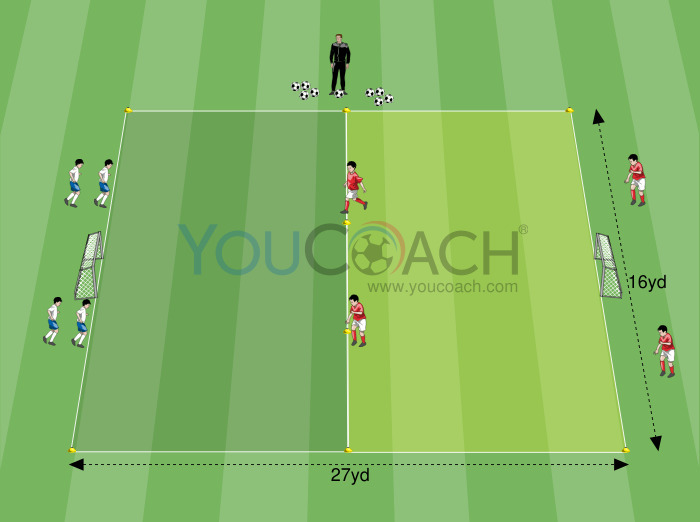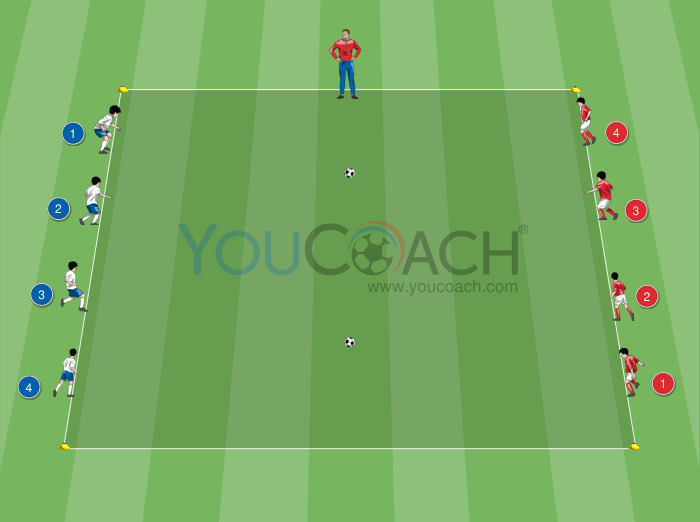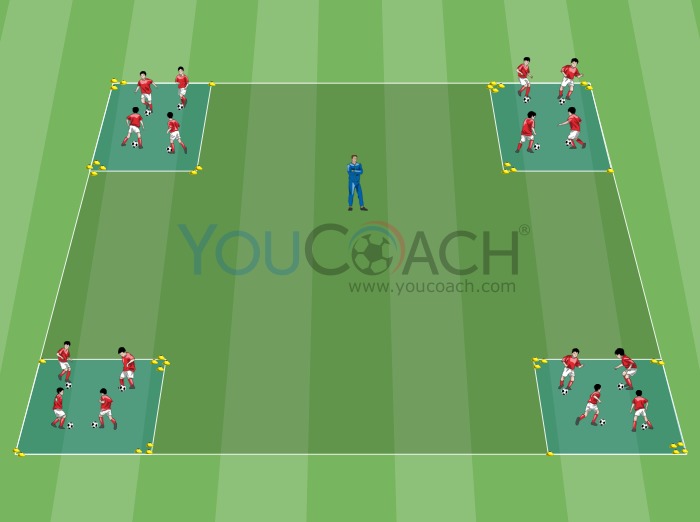Match Analysis Method
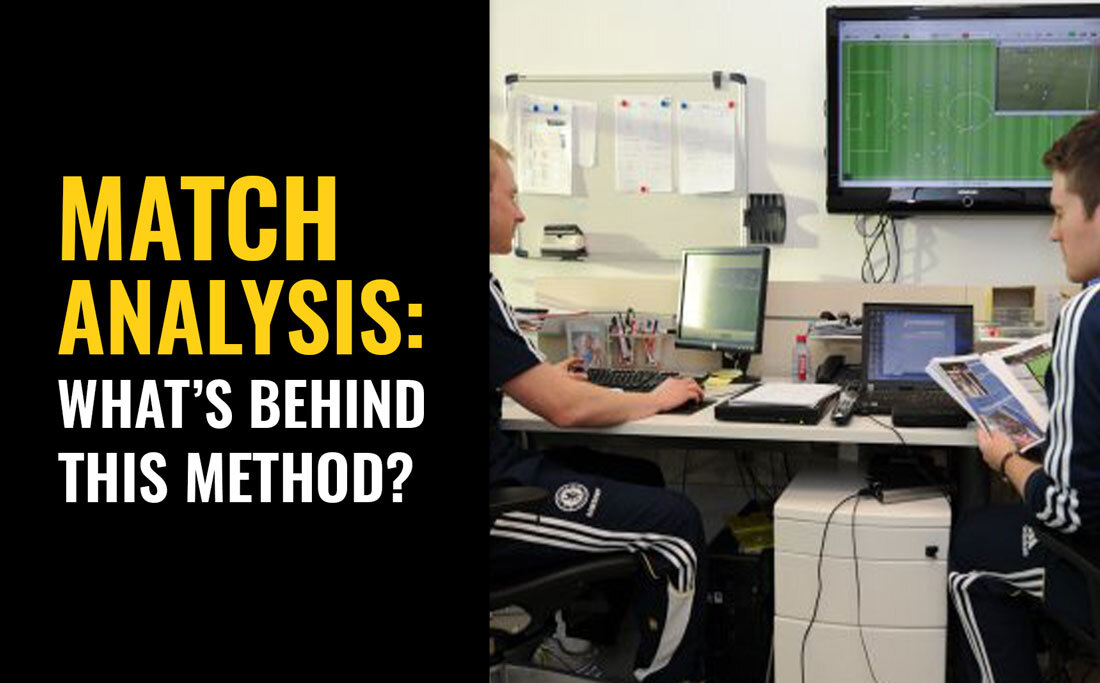
|
The methodology and reasoning at the base of Match Analysis |
In modern football the in-depth analysis and care of every detail concerning any aspect of both the team and individual performance have become imperative for a successful coach aiming for the top.
In this article we are going to discuss performance analysis and match analysis.
WHAT IS MATCH ANALYSIS?
Match Analysis is a process used to examine the actions performed during a match, and may concern one’s team or the opponent, or even a single athlete. Data are collected and selected by means of the analysis of the events occurring in the different phases of the match.
If the analysis concerns the performance of our own team we can affirm that the aim is to verify the quality of the game in relation to the structure and working of the system planned during the week. Game situations, the correct execution of the game principles and sub-principles will be analysed, together with an evaluation of the performance of the individuals.
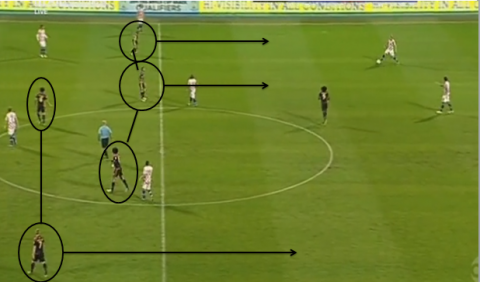
In this article we will focus on the analysis of the upcoming opponent.
This kind of scouting is only practised in top level environments, in which the intention is to provide the coach with specific information on the peculiarities and habits of the opponent team they will face the next turn.
QUANTITATIVE ANALYSIS AND QUALITATIVE ANALYSIS
The individual and collective analysis of opposing teams is a collection of information on the opponent process itself, together with an analysis on the effect that this information may have on our team. It is a collection and processing of data, statistics and information about the process peculiarities and habits combined with a swot analysis, ie an analysis of the weaknesses and strengths of the team under examination points.
The scouting of the opponent consists of three different steps:
- Observation: Observe the match several times (record or DVD) in order to get detailed information on the individual and collective behaviours of the players.
- Drawing the Report: The collected information and data are processed in order to issue a paper report and a DVD clip with an exhaustive description of the analysed situations.
- Application: Use of the processed information, planning of possible countermeasures and modification of the existing strategy.
Kind of data processing supplies two types of analysis:
- QUANTITATIVE ANALYSIS: An analysis of statistical numerical data that do not explain why a given situation occurs, disappears or repeats itself.
- QUALITATIVE ANALYSIS: In-depth technical-tactical analysis of all the phases of play.
EXAMPLE OF A QUALITATIVE ANALYSIS SCHEME
SYSTEM OF PLAY:
- Analysis of the system of play
GENERAL BEHAVIOUR OF THE TEAM:
- Psychological conditions: collective spirit, attention, temperament, competitiveness and discontinuity
- Physical conditions: resistance and intensity
- Condition/technical level: correct execution of fundamental technical actions
- Condition/tactical level: correct execution of fundamental individual and collective technical movements
POSSESSION PHASE:
- General Considerations: collective participation in the phase of play, do they play on refence players? or not? Ball speed, willingness to play the match or wait, do they use possession or verticalization or alternate them? where is numerical superiority sought? Layoff passes and supports, movements without ball.
- Phase of low possession: starting action of the goalkeeper (long or short, with their hands or feet), initial speed of the game, conditions and features of the ball circulating of the defenders, who gets down to set the action? Is there a playmaker or a main reference player? Once he receives the ball how does he plays it? behaviour of the winger and of the midfielders.
- of medium possession: Diamond formation? If any, for what purpose? Do they look for changes of play? Do the midfielders follow the ball trajectory? Who inserts in the middle and who moves inserting on the sidelines?
- Phase of high possession: (finish and conclusion): Who finishes the action? Which are the codified playing plots? Which striker attacks in the depth? Which striker receives encountering?, who performs layoff passes? How they attack the goal on the cross? who is skilled at 1vs1?
NON POSSESSION PHASE:
- General considerations: Do all players take part in this phase? Who doesn’t? Are players restricted? Is the defensive line high? Do they use the offside tactic? Have they an aggressive attitude? When does pressure starts? Where do they try to recover the ball? Which attitude towards second balls? Do they suffer restartings?
- Phase of low non possession: Are the players slow or fast? Do they give space or attack forward? How do they take position and defend the goal? Do they attack vertically the ball or run away? Are they good at marking? Are they good at aerial play? How do they behave with central ball or sideways ball? Do they attack the player keeping possession with back to door?
- Phase of medium non possession: Are they good at shifti to the external zone? Where do they wanto to leave the opponents pass to attack them? Do two players or one move to the external zone? Quantity and frequence of doubling? Do they work on trajectories for interception? how do they behave with central ball or sideways ball?
- Phase of high non possession (strikers): do they participate actively in the reconquest phase? Which kind of attack on ball circulation?, Do they press the opponents playmaker?
DEAD BALLS:
- Types: kick-off, throw-in, lateral free kick (medium and high), central free kick (medium and high) , corner and penalty kick, All types both in favour or against, distinguishing restarting from outgoing kicks.
- Scheme and arrangement: numerical scheme, who is going to jump (from standing still or running), man marking or zonal marking? Who is positioned on the vertex? Who is outside? Who is on the pole? How many and which players are assigned to marking? Peculiarities?
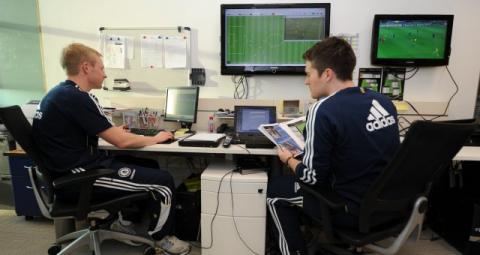
The qualitative analysis of the phases of play of the opponent team but also of theirs adds credibility to the coach in front of the players.
Actually, the usual tactical meeting held before a match in which the special features of the opponent team are illustrated on a blackboard together with the weekly training sessions alone, are not exhaustive.
The coach and his staff are required to extrapolate the more significant phases of the opponent team. Video clips should describe possession, non possession and dead ball phases; they should be shown in the days immediately preceding the match and should not last more than 6-7 minutes to avoid mental stress of the players.
Watching videos lets players know the veracity of the situations of play; because they are visible to everyone, they are indisputable and make the player feel fully involved in the plan of the technical staff.
It should be pointed out that there is no end to improvement; the coach can isolate some single actions of an opponent player and put them in a dvd or pen drive to be delivered to the player that will contrast him during the match.
Vice-versa, the analysis of their own team’s performance objectifies individual performances, so that they are out of the question.
The methods and techniques of match analysis are numerous, what really matters is the message/signal conveyed to the players; a message of continuous study and thorough analysis of all the individual components that influence sports performance.
Giuseppe Maiuri





